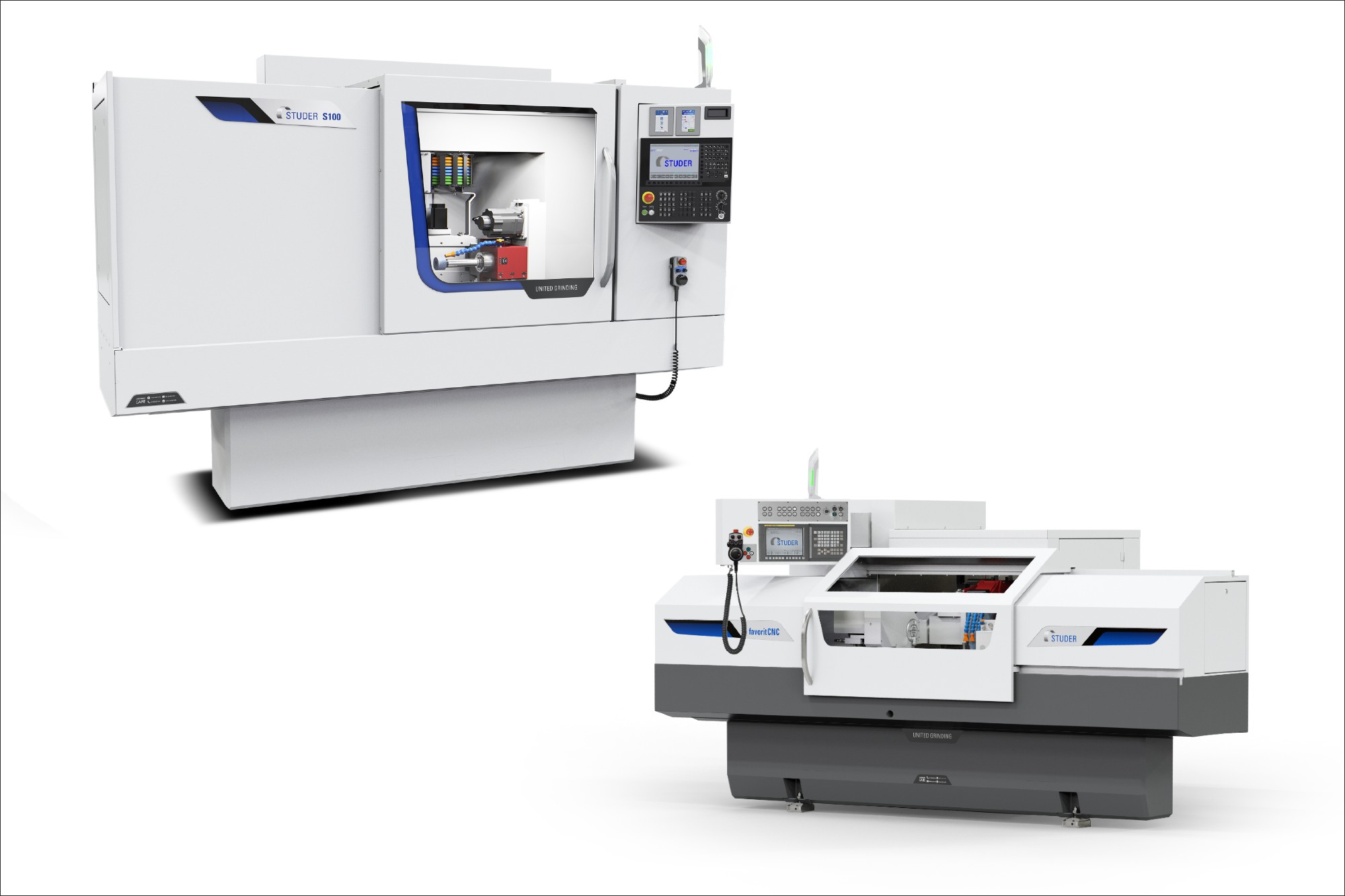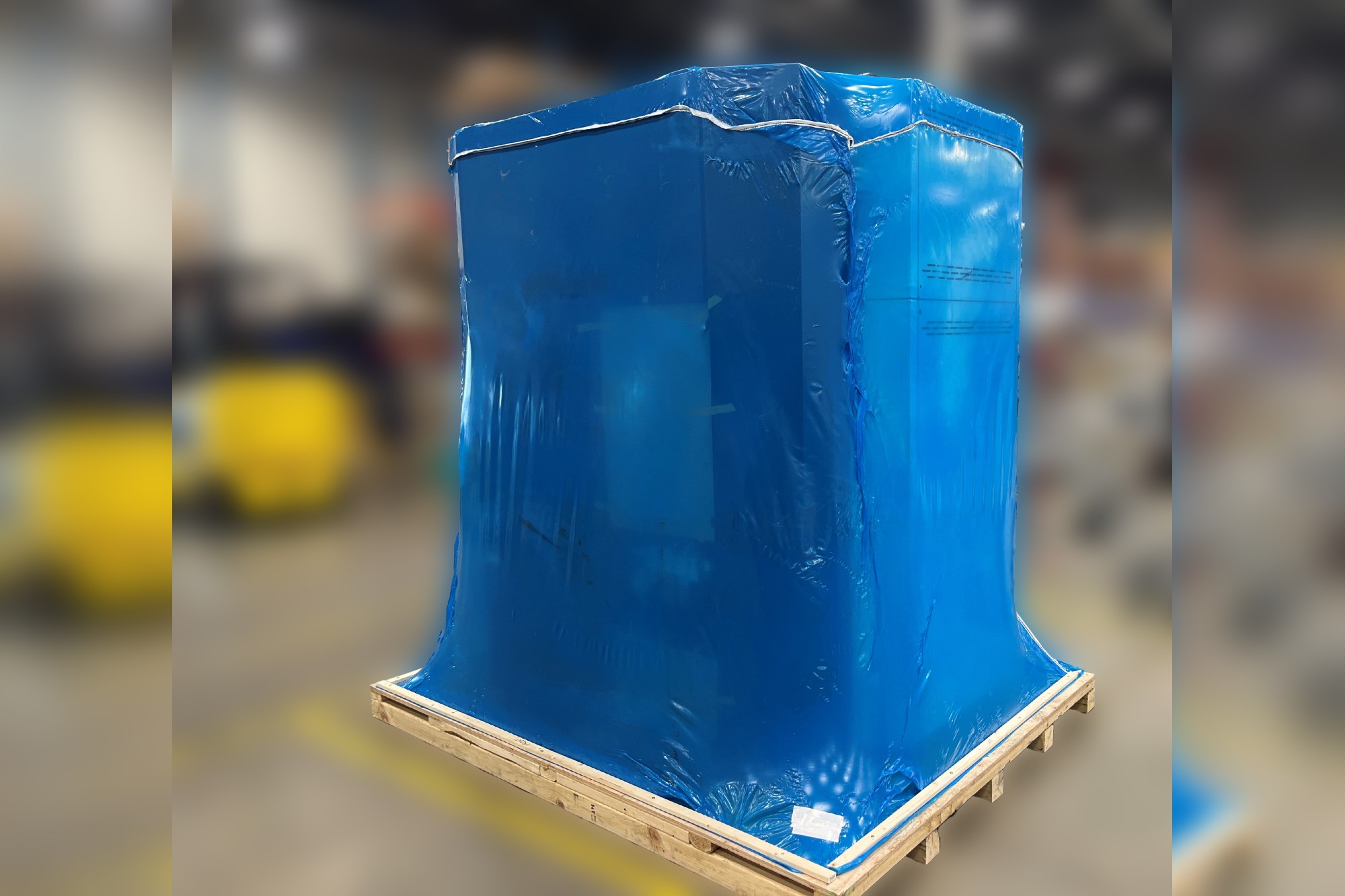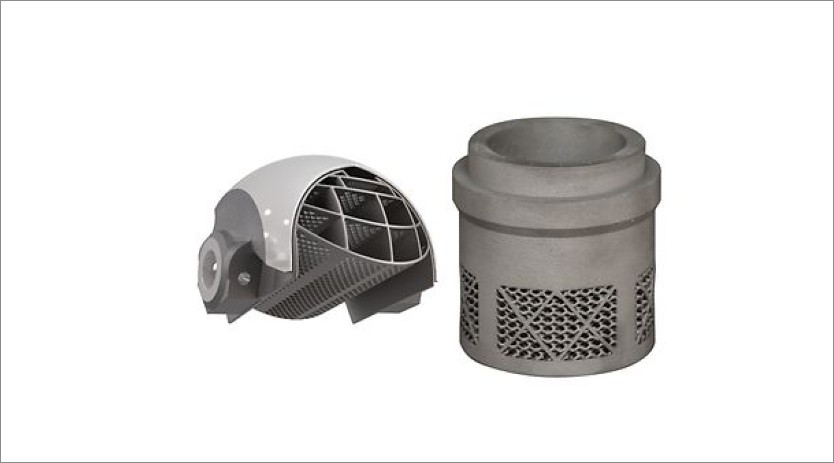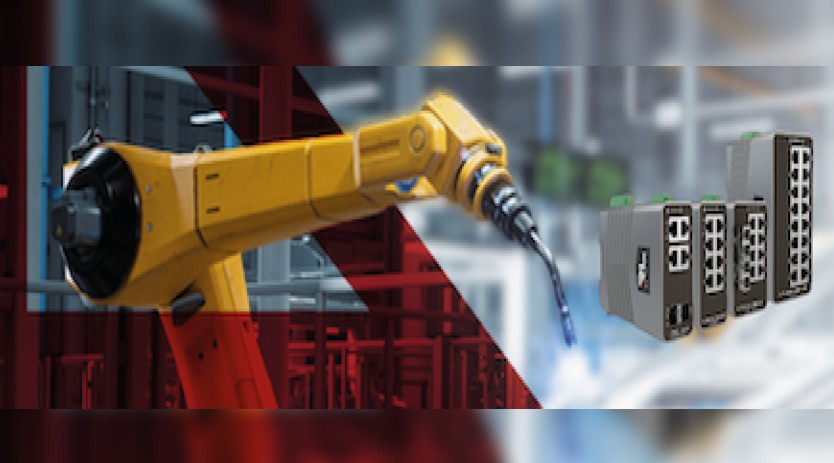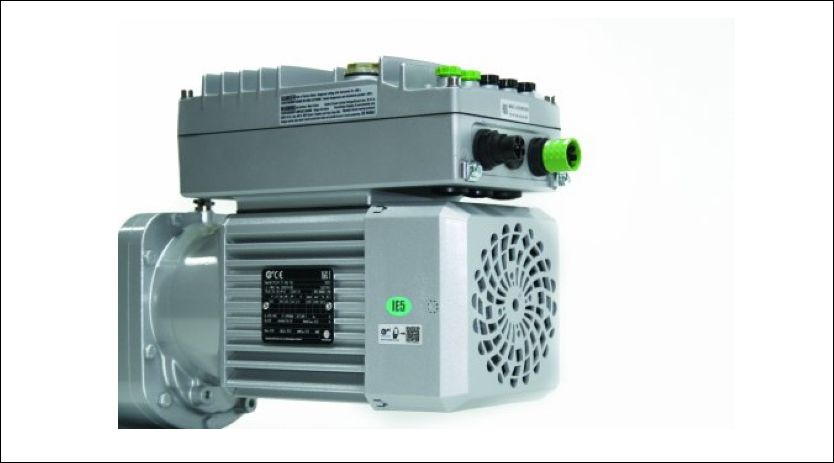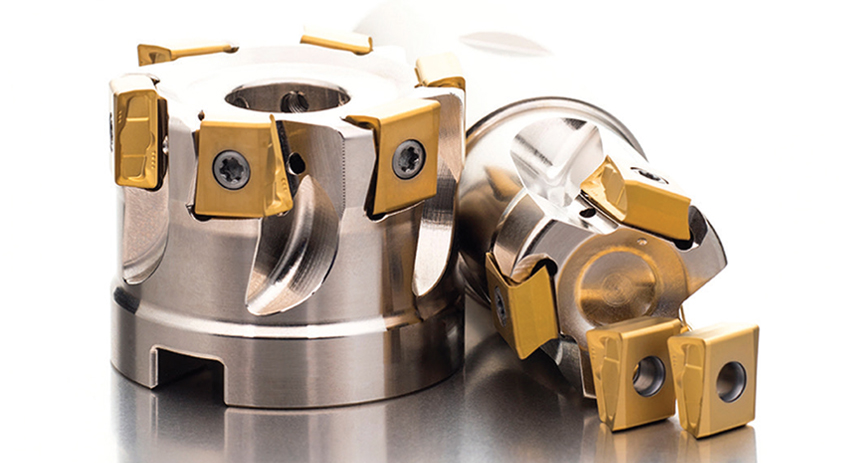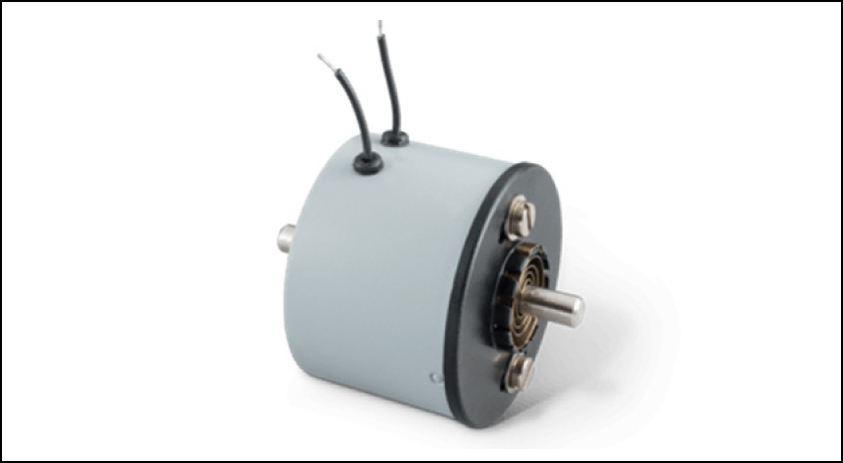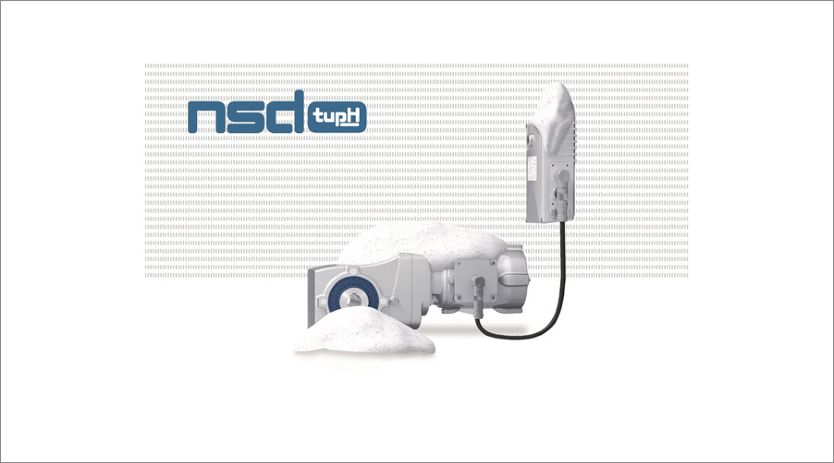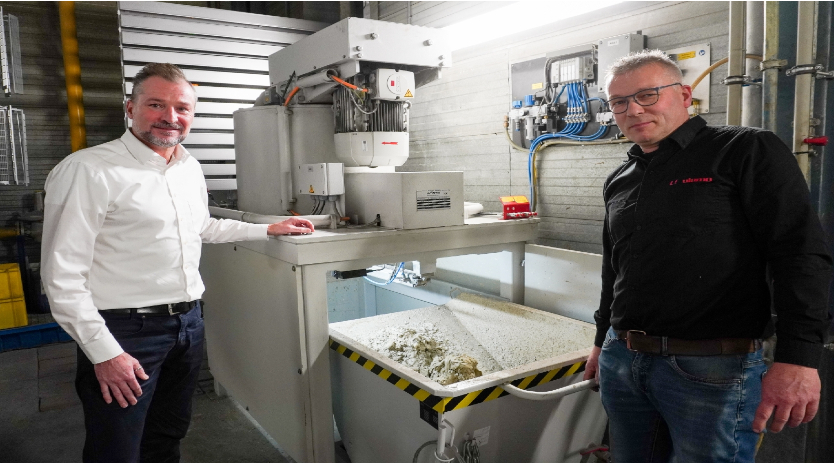New radio-wave probe and tool measuring system
By admin August 18, 2011 11:22 am IST
Measure parts and tools directly on the machine toolm&h launches the new RWP38.41 radio-wave probe and the new RWT35.50 radio-wave tool measuring system.
Multi-device communication with one receiverThe new generation RWP38.41 radio-wave probe and the new RWT35.50 tool measuring system from m&h can be used together – a single receiver can communicate with up to three different measuring machines. Measuring versatility is therefore retained while investment costs are kept low.The world’s one and only manually positionable radio-wave tool measuring systemTools are now held more tightly in the spindle, an improvement to keep up with the growing requirements of accuracy and process safety. The RWT35.50 tool measuring system can be used on various places on the machine or even on the parts themselves – this is desirable in particular for very large parts or with shuttle machining.
Users can place the new tool measuring system at any spot on the machine and afterwards remove it quickly and easily. No awkward cables or undesirable collisions in the machine’s working space. The magnetic holder ensures high repeatability of pose by using a prismatic tool mount, which can be attached to the machine table or to the parts.
Measuring in the machine with radio-wave probesMeasuring in the machine using RWP38.41 probes does away with the need for expensive special measuring fixtures and jigs. Secure data transfer from the inside the parts, on 5-axis machines with wrists or on large machining centres with long tool paths can only be guaranteed with wireless technology.Wireless technology goes one step furtherCommunication takes place with the new m&h products over 64 freely selectable channels in the reliable radio frequencies of the 433 MHz band designated for industrial applications. The channels are monitored for any interfering signals during the whole time the machine is switched on. If one of the channels picks up significant external signals, it is then blocked for machine communication. The channels can be selected by simply pressing a key. Thus the operator has control over his wireless communications set-up and can ensure that no external signals, e.g. from a crane runway, can lead to unnecessary machine downtime. An improved signal protocol provides the user with more reliable data transmission. Greater inbuilt redundancy avoids signal loss, even at high transmission speeds and signal densities.
Cookie Consent
We use cookies to personalize your experience. By continuing to visit this website you agree to our Terms & Conditions, Privacy Policy and Cookie Policy.




